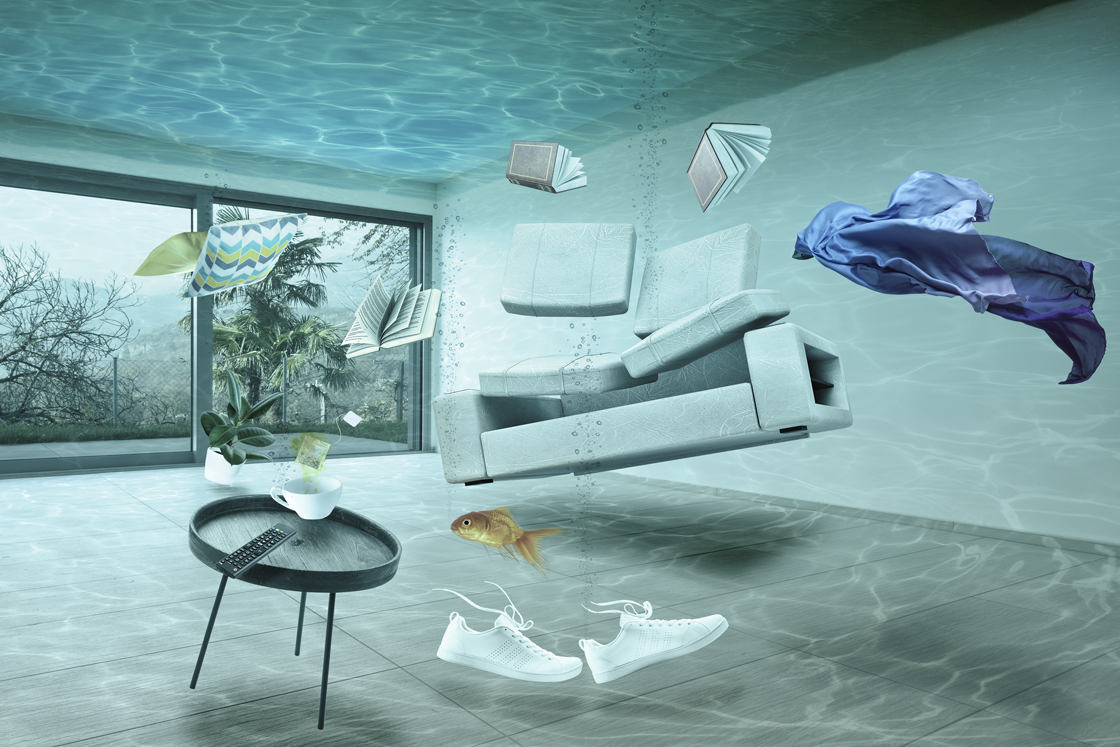Overview To Water Leakage Detection At Home
Overview To Water Leakage Detection At Home
Blog Article
We've encountered the article involving Detecting hidden plumbing leaks below on the internet and concluded it made sense to discuss it with you here.

Early discovery of dripping water lines can alleviate a potential catastrophe. Some small water leaks might not be noticeable.
1. Examine the Water Meter
Every house has a water meter. Inspecting it is a surefire way that assists you discover leakages. For starters, turn off all the water resources. Ensure no one will certainly purge, use the faucet, shower, run the washing device or dishwashing machine. From there, go to the meter and watch if it will certainly change. Because nobody is using it, there ought to be no motions. That shows a fast-moving leak if it moves. Furthermore, if you discover no changes, wait a hr or two and inspect back once more. This suggests you may have a slow leak that might also be below ground.
2. Check Water Consumption
Evaluate your water expenses as well as track your water usage. As the one paying it, you must observe if there are any kind of disparities. If you spot sudden changes, in spite of your usage coinciding, it indicates that you have leakages in your plumbing system. Keep in mind, your water expense must fall under the exact same variety each month. An unexpected spike in your expense suggests a fast-moving leak.
At the same time, a consistent boost monthly, even with the same habits, shows you have a slow leakage that's likewise slowly escalating. Call a plumber to completely examine your building, specifically if you feel a warm location on your floor with piping underneath.
3. Do a Food Coloring Examination
When it comes to water usage, 30% comes from commodes. If the color in some way infiltrates your bowl throughout that time without flushing, there's a leak in between the tank and also bowl.
4. Asses Outside Lines
Do not forget to inspect your outdoor water lines as well. Needs to water seep out of the connection, you have a loosened rubber gasket. One little leak can squander bunches of water and spike your water expense.
5. Assess the situation and check
Home owners should make it a practice to inspect under the sink counters as well as also inside closets for any kind of bad odor or mold growth. These two red flags suggest a leak so timely attention is called for. Doing routine evaluations, even bi-annually, can save you from a major issue.
Check for stainings as well as compromising as many pipes and also home appliances have a life span. If you think dripping water lines in your plumbing system, don't wait for it to escalate.
Early discovery of leaking water lines can mitigate a possible catastrophe. Some tiny water leakages might not be visible. Examining it is a guaranteed way that aids you find leaks. One little leakage can lose bunches of water and spike your water expense.
If you presume dripping water lines in your plumbing system, don't wait for it to escalate.
WARNING SIGNS OF WATER LEAKAGE BEHIND THE WALL
PERSISTENT MUSTY ODORS
As water slowly drips from a leaky pipe inside the wall, flooring and sheetrock stay damp and develop an odor similar to wet cardboard. It generates a musty smell that can help you find hidden leaks.
MOLD IN UNUSUAL AREAS
Mold usually grows in wet areas like kitchens, baths and laundry rooms. If you spot the stuff on walls or baseboards in other rooms of the house, it’s a good indicator of undetected water leaks.
STAINS THAT GROW
When mold thrives around a leaky pipe, it sometimes takes hold on the inside surface of the affected wall. A growing stain on otherwise clean sheetrock is often your sign of a hidden plumbing problem.
PEELING OR BUBBLING WALLPAPER / PAINT
This clue is easy to miss in rooms that don’t get much use. When you see wallpaper separating along seams or paint bubbling or flaking off the wall, blame sheetrock that stays wet because of an undetected leak.
BUCKLED CEILINGS AND STAINED FLOORS
If ceilings or floors in bathrooms, kitchens or laundry areas develop structural problems, don’t rule out constant damp inside the walls. Wet sheetrock can affect adjacent framing, flooring and ceilings.
https://www.servicemasterbyzaba.com/blog/how-to-detect-water-leakage-in-walls/

I was guided to that write-up about Leaking water lines from someone on another web address. Sharing is nice. Helping people is fun. Many thanks for taking the time to read it.
Report this page